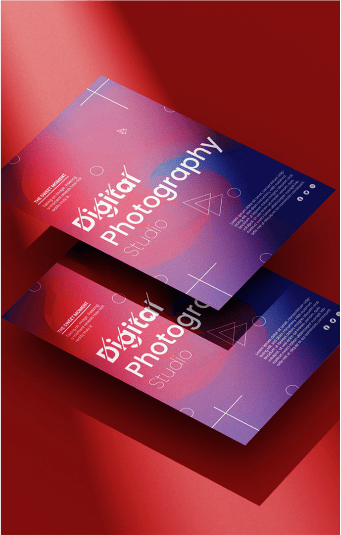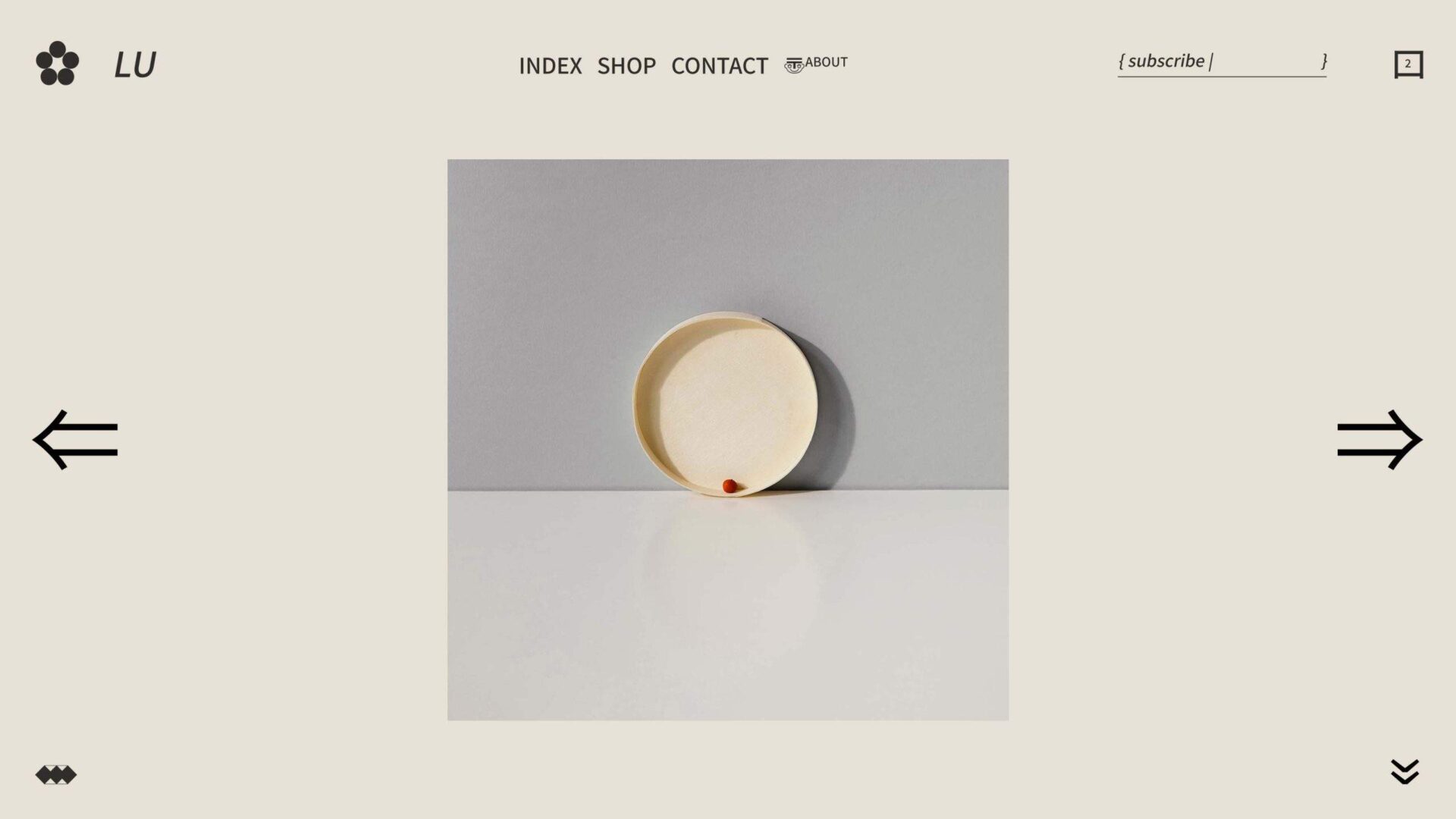Predictions and Trends for 2023 and Beyond.
As the digital world continues to rapidly evolve, staying on top of the ever-changing web design trends is essential for any business or brand. The look and feel of a website provide customers with their first impression and can influence how they interact with your content in a major way – whether it be through e-commerce sales or conversions resulting from a lead generation form. To stay ahead of the competition, it’s important to have an understanding of where web design is going next, which includes predictions regarding user experience, quality content, visuals, and more. Let’s explore current trends that are emerging in 2023 as well as speculate future innovations heading our way to make sure businesses and web design agencies are prepared for what lies ahead!
Impact of Artificial Intelligence on Web Design in 2023 and Beyond
In 2023 and beyond, the impact of artificial intelligence on web design is set to be huge. AI is already being used to create personalized content for web users, and this trend is likely to continue as more and more businesses realize the value of tailoring their websites to the individual. Another way in which AI is set to revolutionize web design is through the use of chatbots. These intelligent assistants can help users navigate a website and answer their questions in real-time. Additionally, AI can be used to optimize website performance by analyzing user behavior and providing recommendations for improvements. As AI technology continues to evolve, we can expect to see even more exciting developments in the world of web design.
Finally, machine learning algorithms can be used to develop content for websites and web apps in order to make them more engaging for users. This sort of AI-powered content creation will have a huge impact on the way web designers approach their craft. Additionally, AI can help to automate tasks like website testing and maintenance, making it possible for businesses to automate many of their high-priority tasks such as social engagement and customer support.
The 6 Key Trends in Mobile-Friendly Web Design
With the ongoing advancements in mobile technology and the increasing use of mobile devices, it has become crucial to optimize websites to ensure an exceptional user experience across all platforms. To achieve this, web designers must constantly keep themselves updated with the latest trends in mobile-friendly web design.
Here are six essential trends in mobile-optimized web design that every web designer must keep in mind:
- Responsive design: A responsive design ensures that your website looks and functions great across all devices, from smartphones to tablets to desktop computers. It offers users a consistent user experience and eliminates the need for creating separate web pages for different device types. Therefore, designing a mobile-friendly website is no longer just a recommendation, it is a requirement for any firm in today’s digital domain.
- Simplified navigation: Navigation menus on mobile devices must be optimized for smaller screens and made easy to use with one hand. Simplified menu structures that are intuitive even for a first-time user enhance user experience.
- Interactive elements: Interactive elements like concisely worded headings, interactive buttons, sliders, and animated images can enhance user engagement, making it more enjoyable for users to navigate around your website.
- Clean design: Using a minimalistic approach in design with a clean layout, simple typography, and the use of white spaces contributes to better user engagement and an easier understanding of the information presented.
- Fast loading speeds: A website’s speed can make a big difference to user experience. Optimizing images and reducing page size help improve loading speeds on mobile devices, allowing users to view and interact with your website without experiencing any lag.
- Accessibility: Designing for accessibility, such as by including captions for videos and audio descriptions, ensures that everyone can easily use your website.
Keeping up with these trends is essential for businesses to stay competitive and provide a seamless experience for their users.
The Rise of Voice User Interfaces and Their Impact on Web Design
The rise of voice user interfaces marks a significant shift in how humans interact with technology. The ability to speak the natural language and receive spoken responses is transforming the way we search for information, shop, and even control devices in our homes. As more and more consumers embrace technologies like Amazon Alexa, Google Assistant, and Siri, web designers are adjusting their approach to meet the changing needs of users. Websites must now be optimized not only for traditional visual interfaces but for voice interfaces as well. This means incorporating structured data, optimizing for voice search, and designing with a focus on spoken content. As voice technology continues to evolve, it’s clear that the impact on web design will not be minimal. Rather, it will be pervasive, requiring the creation of entirely new design standards and best practices.
Leveraging Machine Learning to Create Personalized Experiences
In this digital age, customers are always looking for a personalized experience that caters to their individual preferences, needs, and behaviors. That’s where machine learning comes in. By leveraging sophisticated algorithms and data analysis, businesses can gather insights and develop strategies to create personalized experiences to meet individual customer needs. Machine learning can identify patterns in customer behavior, such as frequently searched products or preferred browsing methods, and predict the customer’s future preferences. This allows businesses to tailor the customer’s experience to precisely meet their needs, resulting in a happier and more satisfied customer base. Through the power of machine learning, companies can stay one step ahead in the game by providing individually-tailored products, services, and experiences to their customers.
The Increasing Popularity of Dark Mode is Changing Web Design Trends
With the rising demand for dark mode, web designers are shifting their focus on providing this feature to users. It’s not just a trend, but a shift in the way people use technology. The popularity of dark mode is not just because it’s appealing to the eye, but also because it consumes less power and is easier on the eyes. It enhances the user experience and conveys a sense of sophistication that light-mode websites cannot. The design industry is adapting to this change by incorporating darker color palettes, implementing contrast ratios, and focusing on typography. As a result, we can expect an influx of dark-mode websites in the upcoming years.
AI-Driven Chatbots are Changing the Way We Create Content and Ultimately Changing the Web Design Trends
The rise of AI-driven chatbots has brought about a significant change not just in the way we communicate but also in the way we create content. With chatbots, businesses can have real-time conversations with their customers, providing them with the information they need with the added convenience of not having to wait for a human representative to attend to them. This has also allowed content creators to tailor their output to meet the needs of their target market. As a result, web design trends have also followed suit, with a focus on creating chatbot-friendly interfaces that are more accessible to users. The possibilities with AI-driven chatbots are endless and it is exciting to see how they will continue to shape the future of content creation and web design.
Conclusion
The rise of artificial intelligence and its integration into web design is an exciting one. We’ve only just begun to explore the possibilities it could bring in 2023 and beyond, but based on the trends we’ve seen so far, there are sure to be plenty of new innovations. From mobile-friendly designs and leveraging machine learning for personalized experiences to Dark Mode websites and voice user interfaces, AI is transforming how we build. As more businesses realize the power of artificial intelligence to improve their websites, chatbots are becoming a popular way to interact with customers and create better user experiences. It’s clear that AI-driven web designs are here to stay, and we can expect even greater changes in the near future. If you’re looking to stay updated with trending technology, hiring a professional web design is the best way to go.












